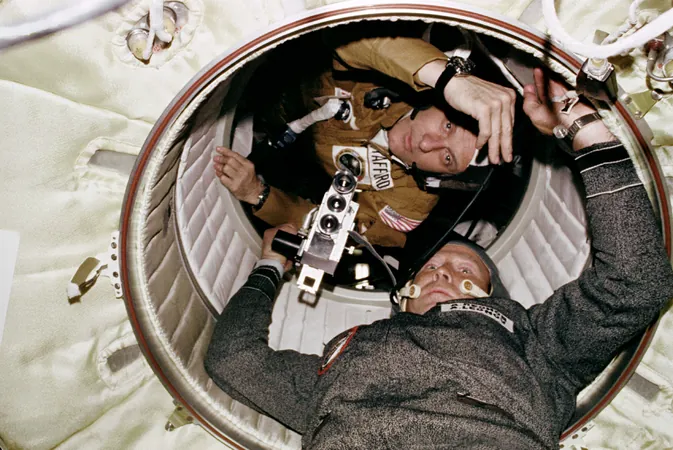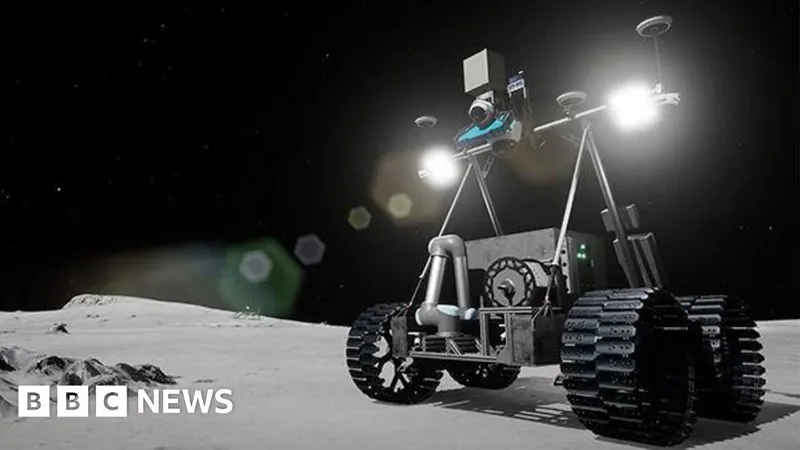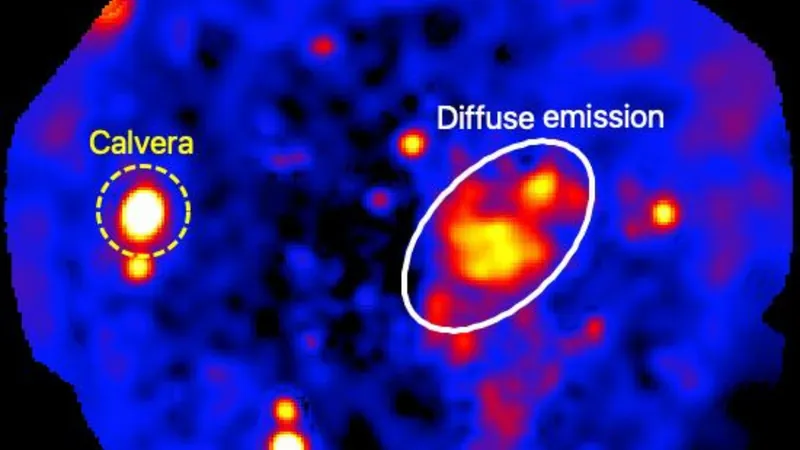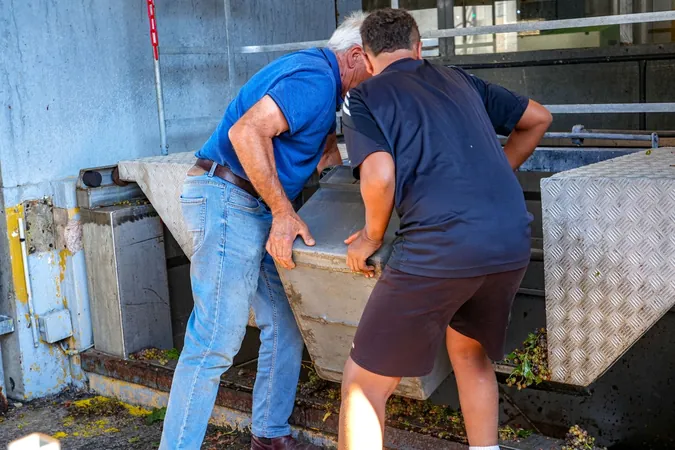
Unlocking the Universe: Lessons from the Apollo-Soyuz Mission for Modern Peace
2025-09-02
Author: Jacques
A Historic Encounter in Space
Fifty years ago, a groundbreaking alliance emerged in the cosmos: the United States and the Soviet Union, once fierce rivals, came together in an unprecedented mission. This monumental event offers invaluable lessons for today.
The Bitter Space Race
The race to the moon became one of the defining battles of the Cold War, ignited by the Soviet Union's launch of Sputnik in 1957. This event sent shockwaves through America and marked the beginning of a fierce competition in space exploration.
The Soviets, emboldened by a willingness to take risks and led by the brilliant Ukrainian engineer Sergei Korolev, achieved remarkable milestones. They sent Laika, the first dog, and Yuri Gagarin, the first human, into space, along with Alexei Leonov, who completed the first spacewalk.
The American Struggle and a Shift in Leadership
Initially trailing behind, America caught up after Korolev's death in 1966. This pivotal moment highlighted the shortcomings of the Soviet system—hubris and inefficiency began to take their toll.
Facing the Unknown
The challenges of outer space were vast: no atmosphere, dangerous radiation, and low gravity made it a hostile environment for human beings. When President John F. Kennedy announced the goal of landing a man on the moon by the end of the 1960s, NASA had mere minutes of experience in manned spaceflight. The feasibility of such a mission was uncertain.
Ultimately, the successful moon landing was a testament to human ingenuity, teamwork, and, most importantly, a political struggle to assert dominance.
Kennedy's Vision of Collaboration
In a 1963 UN speech, Kennedy proposed a cooperative approach to space exploration, urging the Soviets to join forces for common goals. However, following his tragic assassination, and amidst the turmoil of the Vietnam War, this vision waned.
The Birth of Collaboration
Despite the lingering tensions, both nations joined to create the UN Outer Space Treaty of 1967, laying a foundation for peaceful interaction in space.
In 1971, after the successful Apollo moon landing, the USA and USSR launched a joint mission that culminated in the Apollo-Soyuz docking on July 17, 1975. In a historic moment, astronauts from both sides shook hands in what is now celebrated as the "handshake of peace."
Learning from the Past
The world has shifted dramatically since 1975, with many forgetting the collective fear experienced during the Cuban Missile Crisis. Today, ideological divides are complex and less predictable. Yet, the spirit of the Apollo-Soyuz mission remains critical.
Modern scientific collaboration, especially in areas like climate change and biodiversity, could mirror the partnerships forged in space exploration. Imagine if today’s superpowers could unite their efforts to tackle global challenges, just as they did in their quest for lunar exploration.
The Legacy of Apollo-Soyuz
The Apollo-Soyuz mission transcended mere scientific achievement; it showed that cooperation is achievable even amidst conflict. The mission paved the way for future collaborations on projects like the Mir and ISS space stations.
On July 19, 1975, as the spacecraft parted ways, Apollo created an artificial solar eclipse, enabling unique solar research that benefited all humanity—proof that even rivals could work together for the greater good.
A Call for Unity in Space
As we stand at the crossroads of new challenges, the Apollo-Soyuz spirit is more crucial than ever. Building a peaceful future in space, despite existing suspicions between nations like China and the West, is not an impossible dream. It requires unwavering commitment to cooperation and dialogue.
The legacy of the Apollo-Soyuz mission serves as a beacon, reminding us that unity can prevail, even among enemies, and that the pursuit of peace is worth every effort.









 Brasil (PT)
Brasil (PT)
 Canada (EN)
Canada (EN)
 Chile (ES)
Chile (ES)
 Česko (CS)
Česko (CS)
 대한민국 (KO)
대한민국 (KO)
 España (ES)
España (ES)
 France (FR)
France (FR)
 Hong Kong (EN)
Hong Kong (EN)
 Italia (IT)
Italia (IT)
 日本 (JA)
日本 (JA)
 Magyarország (HU)
Magyarország (HU)
 Norge (NO)
Norge (NO)
 Polska (PL)
Polska (PL)
 Schweiz (DE)
Schweiz (DE)
 Singapore (EN)
Singapore (EN)
 Sverige (SV)
Sverige (SV)
 Suomi (FI)
Suomi (FI)
 Türkiye (TR)
Türkiye (TR)
 الإمارات العربية المتحدة (AR)
الإمارات العربية المتحدة (AR)